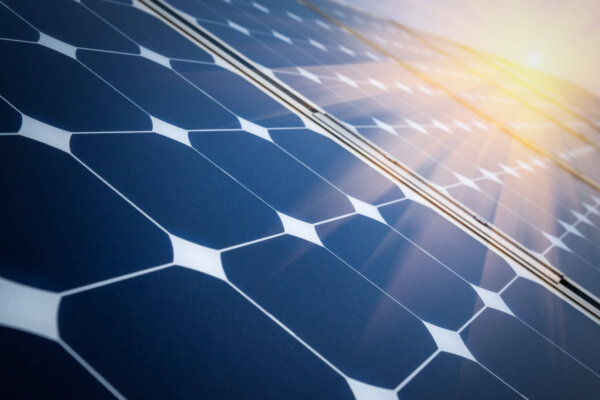When businesses choose a renewable electricity contract, they usually do so because they are sustainability-minded, and they want their organisation to play their part in driving forward solutions to tackling the climate crisis.
That’s why at Bryt Energy, we’re passionate about our fuel mix – we only supply zero carbon, 100% renewable electricity*, sourced solely from solar, wind and hydro power. Our fuel mix is audited and verified by an independent third party, SE Advisory Services (formerly EcoAct), every year and allows our customers to report their Scope 2 electricity consumption as zero carbon, under the Greenhouse Gas (GHG) Protocol market-based method.
Like the weather, our fuel mix ratio changes year-on-year, but you can always be sure that we only ever source our electricity from solar, wind and hydro power. Unlike fossil fuels, these sources are all zero carbon and 100% renewable forms of electricity at the point of generation*, meaning they don’t create any carbon emissions or harmful air pollution, and are naturally replenishing.
All sources of electricity generation have their own unique considerations when it comes to their impact. We want to be totally transparent about why we’ve chosen our fuel mix and acknowledge that constructing, operating, and generating electricity comes with the need to manage sustainability challenges. Like all electricity generation, there are considerations such as human rights, supply chain vulnerabilities, and the embodied carbon of concrete that are crucial to manage and improve. We’re proud that our parent company, Statkraft, the largest renewable energy generator in Europe, has a long history of working to reduce the impact of different renewable electricity generation projects.
We have created this blog to take a deeper look into our fuel mix, to explain the benefits and considerations, and reiterate that by choosing solar, wind and hydro, we can help lead Britain towards a net zero, sustainable energy future.


